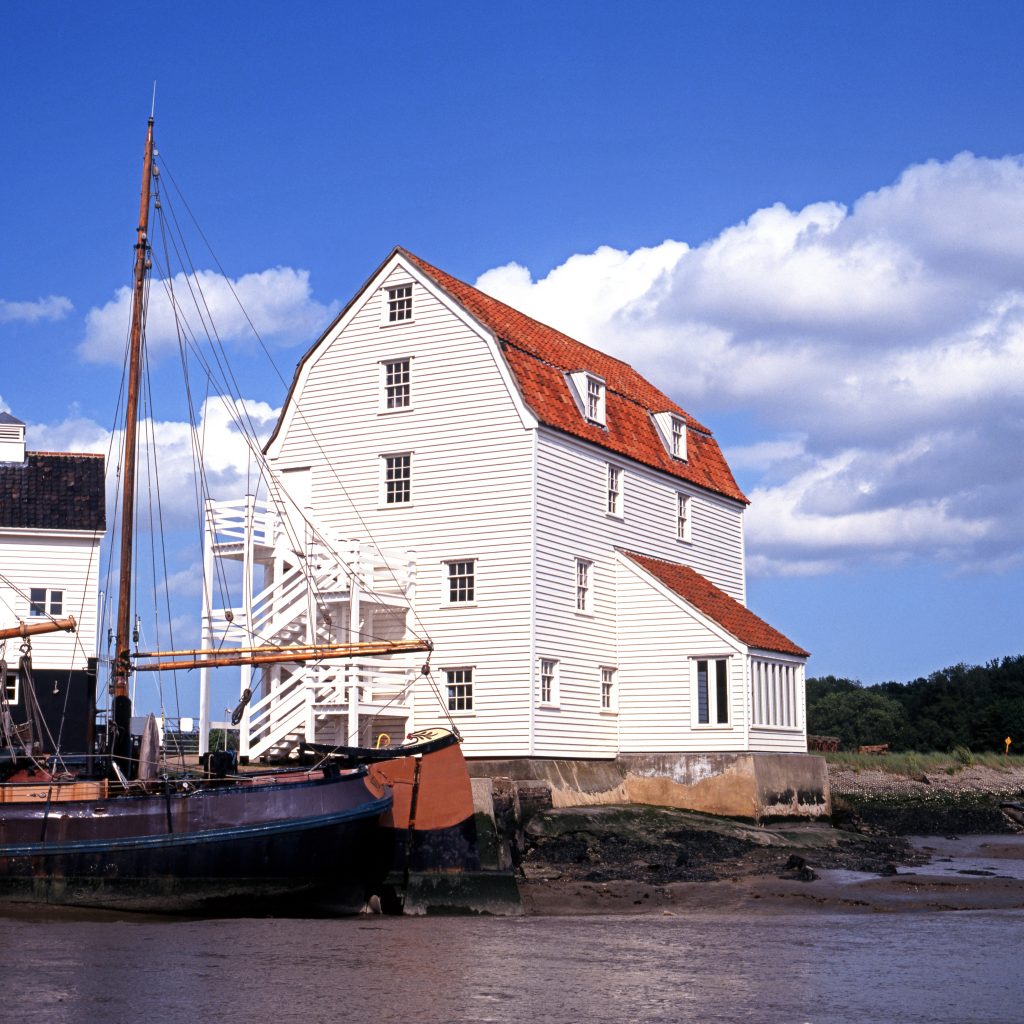The Gable Roof
This extremely popular residential roof type is also sometimes called a peaked or pitched roof, easily identified by its triangular shape. They can be covered with almost any type of roofing materials such as asphalt shingles, metal, clay or concrete tiles, or cedar shakes. That said, these roofs also contain roof valleys and hips, so they should always be shingled with metal or standing seam to help ward off potential leaks.
Pros: Gable roofs, because of their shape, will easily shed water or snow. They also boast a fundamentally simple design that makes them easy to construct and cost effective. Their shape provides added space in an attic while also allowing for better ventilation.
Cons: Can be problematic in areas that experience severe weather, hurricanes, and high wind. Without expert construction, gable roofs can collapse due to a lack of adequate support.

The Mansard Roof
Also known as a French roof, the mansard roof is 4-sided with a double slope on either side that meets to form a low-pitched roof. Sides can be either flat or curved, but the lower slope is much steeper than the upper one. You’ll see many variations on this general style.
Pros: These types of roofs can add an aesthetic appeal or charm to a residence. They also help to create a significant amount of extra living space, sometimes creating a full attic or living quarters also known as a garret. Mansard roofs also make future home additions easy to accomplish. This flexibility for homeowners means a lower cost build up front, and the ability to add a garret on later, adding space as well as value to the property.
Cons: These roofs can cost more than other roofing types because of the details and fancy embellishments that go into them. Also, the lower pitched portion of the roof can collect snow, and probably isn’t the ideal choice for areas with heavy winter precipitation.

The Gambrel Roof
Also referred to as a barn roof, the gambrel is similar to a mansard roof in that they both feature two different slopes. The difference is that the gambrel only has two sides, while the mansard is comprised of 4. The lower side of a gambrel roof has a very steep, almost vertical slope, while the upper one is much less dramatic. You will have seen this type of roof on barns and farmhouses, cabins, and even on Dutch Colonial style homes.
Pros: These roofing types are simple to frame out and construct, and they provide extra living space for a loft, storage attic, or garret quarters. Since construction of gambrel roofs is simple and requires fewer building materials than many other roofing types, it can be a lower cost choice.
Cons: These gambrel roofs are not recommended for areas that receive significant snowfall during the winter months, and the open design can cause the roof to cave in under intense pressure.

Hip Roof
A hip roof features slopes on all four sides, each being of equal length and coming together at the top to form a ridge. This roof type can be constructed with almost any type of roofing material.
Pros: Their construction and design makes this roof type extremely sturdy. Their shape also makes hip roofs great for areas that receive a lot of snow, as the slant makes it easy for snow and rainwater to slide off. Hip roofs can also provide extra space for storage or the addition of a dormer.
Cons: Hip roofs are more expensive to build than other types because of their complex design and the requirement of more materials. Roof valleys created by the shape of this roof type can also make it easier for leaks to form, primarily in the instance of imperfect installation.

The Skillion Roof
Skillion roofs are also sometimes referred to as a shed roof or lean-to. This roof type is constructed of a single large, sloping covering that is attached on one side to a taller wall. It’s basically an angled flat roof. This roof type is generally used for home additions, sheds, and covered porches.
Pros: Skillions require less building materials and are easier to construct than most other roof types. Their steep slopes encourage easy water and snow run-off, making them ideal for areas that experience a lot of rain and snowfall. These roofs also feature an ultra-modern aesthetic which can add design appeal to the right building project.
Cons: These roofs are not recommended for high wind areas, as severe weather can cause easier damage to these high-pitched steep sloping buildings. Also, if the roof pitch is built too high on this style roof, it can result in ceilings being too low.

This list only represents a few of the most popular roofing types in residential roofing. There are lots of things to consider before beginning your building project, new home design, or even purchasing a new property. Make sure the roofing type you choose is ideal for your specific region, easy enough for you to maintain, and suits you from a style perspective. If you need an expert opinion, or have any roofing questions, your friends at Tennessee Roofing & Construction are just a phone call away! Let us know how we can help with your building project, roof inspection, roofing project, or general construction project. We would love to collaborate.


